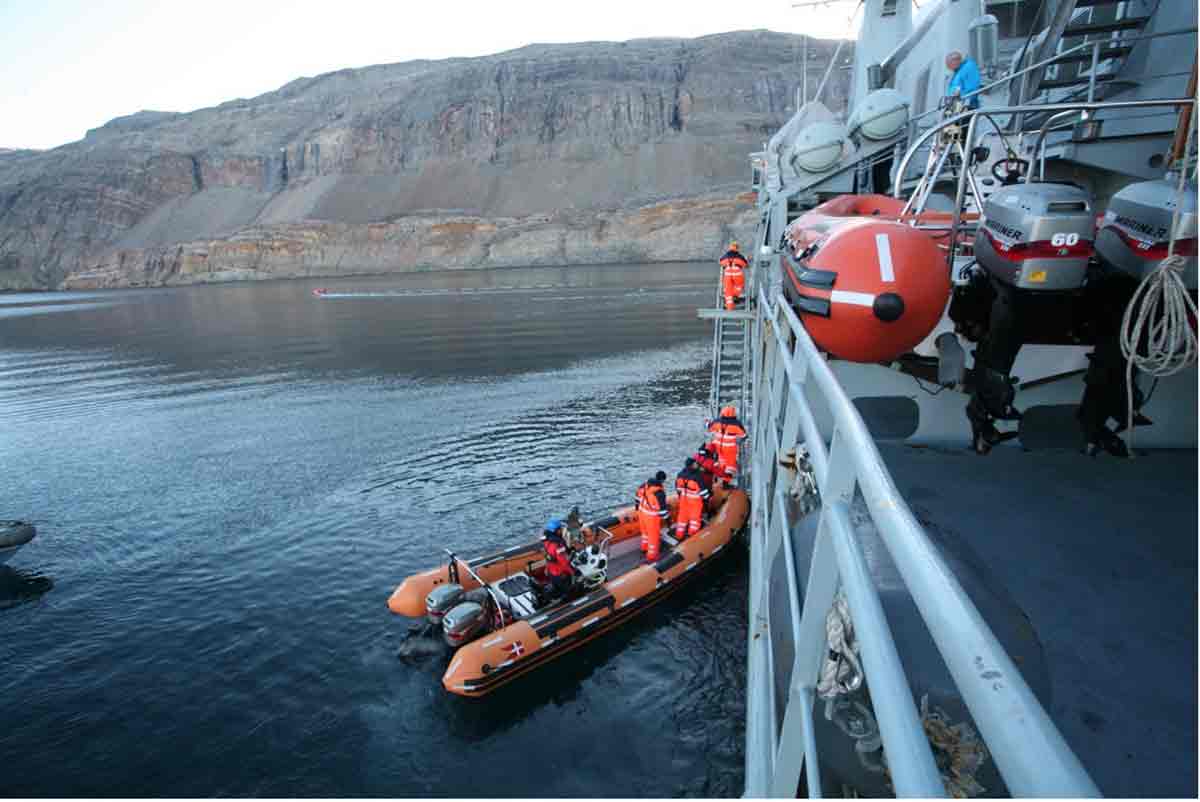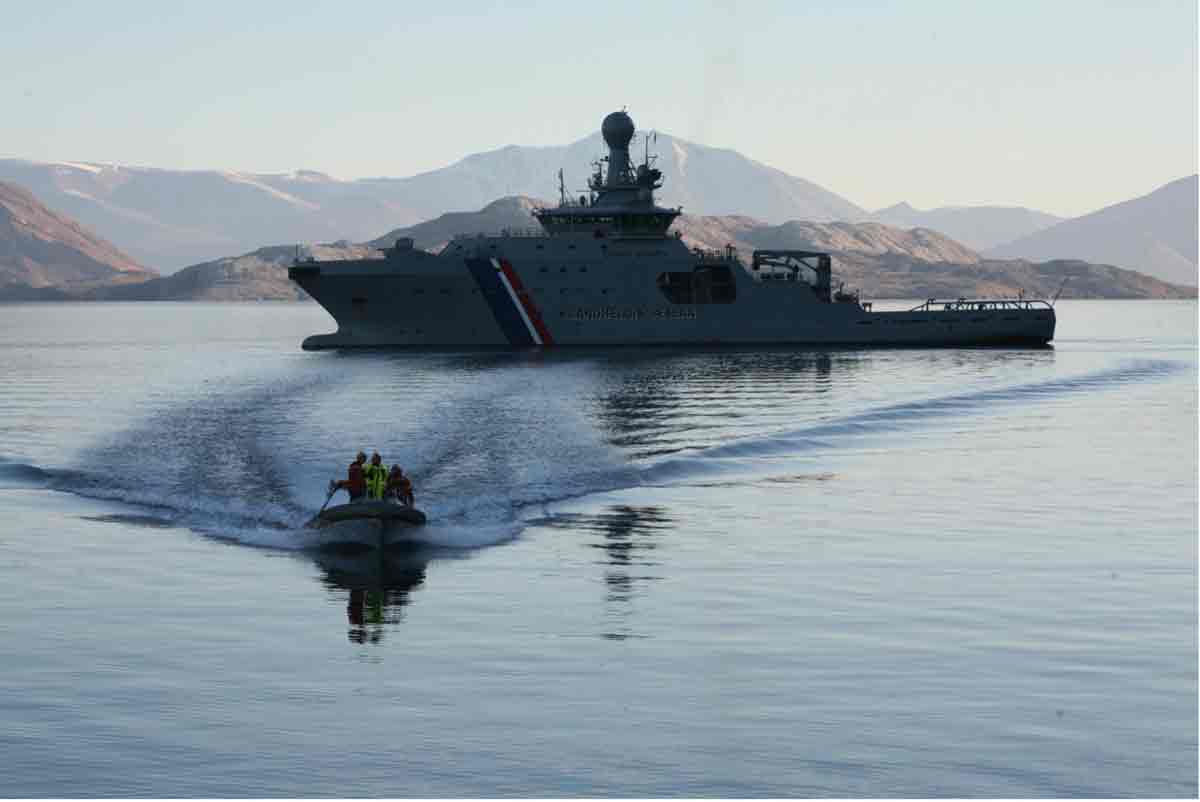Climate change places new demands on emergency preparedness in the Arctic.
By Laura Philbert, Polarfronten
Climate change has caused sea ice in the Arctic to melt and create larger areas of open sea. This means better opportunities for sailing, such as cruise tourism and new routes for transporting goods between Europe and Asia. Greater activity in Arctic waters can create economic opportunities for Greenland but will also increase the risk of serious accidents at sea, warns professor at Ilisimatusarfik – University of Greenland, Uffe Jakobsen.
“If you look at how many rescue operations there have been, you can see that the majority of accidents at sea are rescued successfully. You handle the everyday accidents well, but the big question is, what will happen on the day when a large cruise ship with thousands of passengers crash in a deserted, impassable place in the Greenlandic waters?”
Uffe Jakobsen has participated in the research project MARPART, where a number of researchers have investigated the activity in Arctic waters, the risk of accidents, and the possibilities for international cooperation on emergency preparedness.
Greenland’s big problem
With a rescue percentage close to 100%, Greenland has good control of the handling of accidents at sea. And maritime activity has only increased slightly in the period between 2005 and 2015. Which is why, as Uffe Jakobsen explains, maritime traffic does not pose an increasing safety risk in itself.
But when climate change opens up completely new shipping routes far from inhabited coastlines, it creates a new set of challenges that can make future rescue operations difficult – especially if Greenland has to deal with major accidents and help is not immediately available.
Uffe Jakobsen and the rest of the researchers dive into this problem with the research project MAREC – a research project born of the MARPART project – which looks at preparedness and international cooperation in the event of major accidents at sea in the Arctic.
“The big problem in Greenland is distances and lack of infrastructure, and therefore also long response times. If there’s an accident in a remote place, it’s completely random if there are resources nearby that you can draw on. It can be other civilian ships or military ships that are in the area, but otherwise you will just have to wait,” says Uffe Jakobsen.
This message is echoed by Commander Michael Hjorth, who is head of the operations and rescue center in Arctic Command, which handles the Armed Forces’ tasks in and around Greenland and, among other things, is responsible for search and rescue services in Greenlandic waters.

